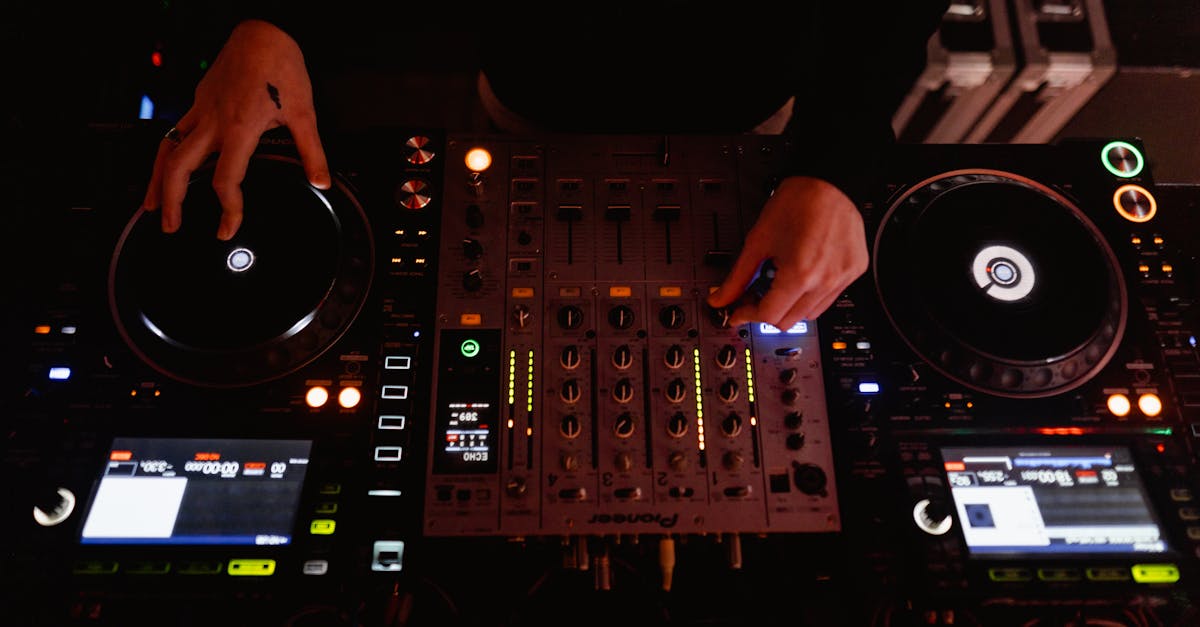World Music Vibrations Celebrating Global Soundscapes
Introduction
World music offers a passport to an auditory world tour, celebrating sounds and rhythms that transcend geographical borders. It is a vibrant blend of traditional, contemporary, and experimental sounds from cultures worldwide. As global communication channels expand, so does our access to these diverse soundscapes. From the rhythmic beats of African drums to the harmonic melodies of Asian string instruments, world music enriches our understanding of global cultures. It acts as a universal language, bonding communities through shared auditory experiences. In this dynamic tapestry of sound, each genre, instrument, and music tradition tells a unique story.
Advertisement
Understanding World Music
The term 'world music' is a broad category that encapsulates music rooted in ethnic, traditional, and indigenous origins. Often contrasted with Western pop and classical music, it refers to the rich soundscapes that reflect the cultural heritage of different regions. The 1980s marked the formal recognition of 'world music' in the Western world, aiming to classify and celebrate non-Western musical styles. Despite its labeling, this genre represents an eclectic mix—no single style or influence dictates it. Its essence lies in the fusion of diverse musical traditions, resulting in an endless array of rhythms, instruments, and vocal styles that continuously evolve.
Advertisement
African Rhythmic Power
Africa's musical traditions have profoundly shaped the world music landscape, with their rhythms and melodies making their mark globally. Traditional African music varies immensely, drawing from a deep well of cultural contexts. The djembe, a percussion instrument, remains one of Africa's most iconic sounds, characterized by its ability to produce various pitches and volumes. Famous African musicians, like Fela Kuti and Miriam Makeba, have contributed to universal recognition and appreciation of African soundscapes. Modern genres like Afrobeat are the embodiment of 20th-century African influences blending seamlessly with global styles, fostering cross-cultural dialogues through rhythm.
Advertisement
Asian Melodic Landscapes
Asia is a cornucopia of musical diversity that spans thousands of years of history and tradition. From the meditative drones of Indian sitars to the vivacious beats of Japanese taiko drums, Asian music offers a complex soundscape. Traditional instruments like the Chinese guzheng and the Korean gayageum produce ethereal sounds that transport listeners to transcendent realms. Asian music also extends to vocal traditions such as Tuvan throat singing, which exemplifies the intricacies and depth of non-Western tone production. Contemporary Asian artists continue to innovate while respecting traditional roots, creating an evolving tapestry of sound that captures both historical and modern influences.
Advertisement
Latin America's Musical Fusion
The music of Latin America is as varied and vibrant as the cultures that inhabit its expansive landscape. With a rich legacy of indigenous, African, and European influences, Latin American sounds such as salsa, tango, and bossa nova carry rhythms that appeal universally. The guitar holds a formidable place in this region, often driving the vibrant and emotional compositions typical of these genres. Notably, Afro-Cuban drumming has contributed a distinctive pulse to Latin music, shaping popular styles like samba and merengue. Contemporary Latin musicians build on these rhythmic traditions, infusing modern elements that cross cultural boundaries and honor their musical origins.
Advertisement
Middle Eastern Melodious Mystique
Middle Eastern music reflects a profound connection to the cultural and religious narratives of the region. It is characterized by intricate melodies, complex rhythms, and distinctive scales such as maqamat. Instruments like the oud and qanun are central to Middle Eastern music, recognized for their rich tones and deep resonances. Vocal delivery is similarly important, encapsulating emotive expressions often associated with an over 1000-year-old poetry culture. In modern contexts, musicians blend these traditional elements with contemporary influences like electronic and pop, creating a new-age sound that caters to both regional and international audiences.
Advertisement
European Folk and Classical Traditions
Europe's diverse musical tapestry ranges from the stately elegance of classical compositions to the earthy richness of folk music. Intricately linked to Europe's historical and cultural fabric, influential styles such as flamenco, Celtic, and Eastern European gypsy music have left an indelible mark on the global music scene. Instruments like the violin and accordion find prominence across all these styles. Modern musicians often incorporate elements from Europe's classical period, blending them with traditional folk sounds to produce innovative and distinct world music pieces. While embracing modernization, European music remains rooted in a reverence for its storied past.
Advertisement
North American Musical Innovation
North America's vibrant music scene is a melting pot of influences from around the world, with indigenous, African, and European elements creating unique styles. Jazz, blues, and gospel—a testament to African American contributions—offer rhythms and melodies that have revolutionized global music trends. Instruments like the banjo, linked to African heritage, and the harmonica, have become synonymous with various North American genres. Artists such as Bob Dylan and Aretha Franklin have shaped the fabric of American music, paralleling and enhancing global styles. Today, North American music continues to innovate, constantly blending and reinventing itself.
Advertisement
Oceania's Unique Soundscapes
Oceania encompasses a wealth of musical traditions as diverse as its sprawling archipelagos. Indigenous cultures offer unique soundscapes characterized by instruments like the didgeridoo, integral to Australian Aboriginal music, and the pahu in Polynesian traditions. These sounds are intertwined with ceremonial chants, dances, and storytelling, offering insight into ancient ways of life. Oceanic music also features elements of colonial-era influences, resulting in a multicultural mix of sounds. Contemporary artists continue to highlight and preserve these traditions by integrating indigenous music with modern genres, merging ancestral roots with current musical narratives.
Advertisement
Conclusion
World music exhibits a rich diversity, captured in the colorful array of instruments, rhythms, and vocal techniques from cultures worldwide. This genre transcends language barriers, inviting listeners to embark on an auditory exploration of global soundscapes. Through the harmonization of traditional and modern elements, world music creates a platform for cultural exchange and understanding. As global audiences continue to broaden their musical horizons, this inclusive genre will only expand further in depth and influence. In celebrating world music, we embrace the shared human experience through the universal language of sound.
Advertisement







